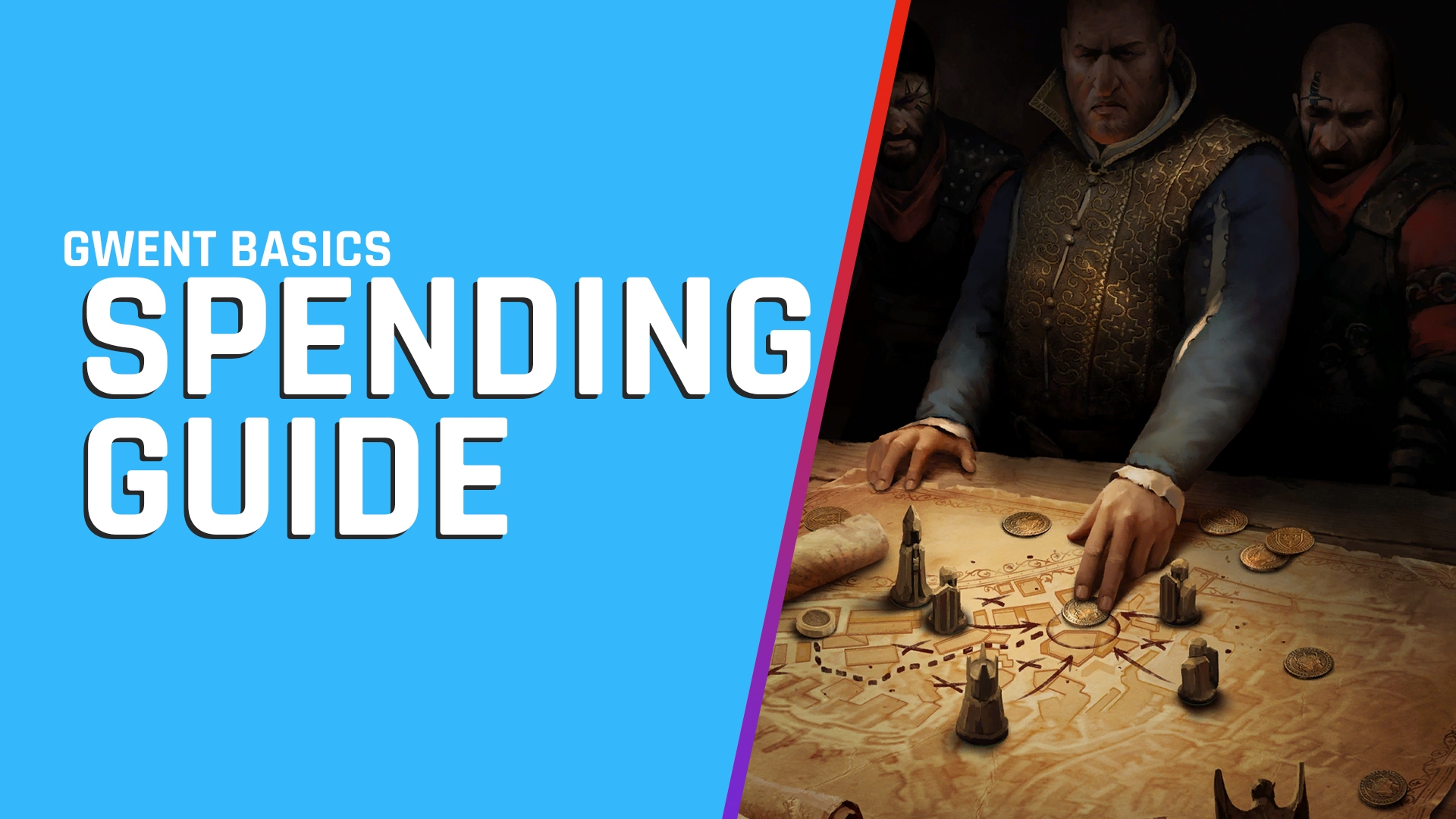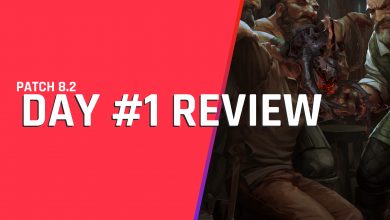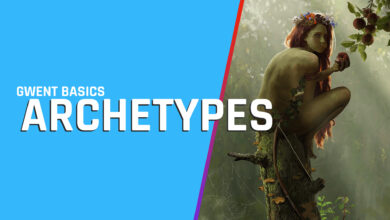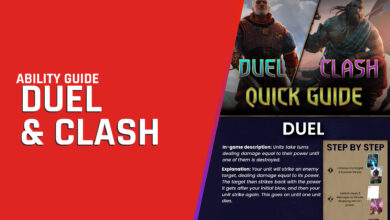Completing your collection and getting access to as many cards as possible is key if you’re planning to compete on serious level in Gwent. It is however becoming increasingly difficult – with every expansion release the number of cards is growing, and with a very limited choice of kegs you are at the mercy of RNG Gods in your search for the right cards – especially that even if you’re after cards from particular expansion, the only way to get them is through the all-inclusive Ultimate and Faction Kegs.
Of course you can help yourself with crafting, but you’ll encounter the same issue here – limited amount of scraps for a growing amount of cards. What doesn’t help, being however one of the most exciting things in Gwent, is that every Season a balance patch is adjusting new and old cards alike – so even if you had your perfect set in Season A, in Season B you may realise that some forgotten and so far laughable cards just got a rework, are key to victory, and you have to craft something again.
So how to to deal with this increasing difficulty? One solution is to pay real money for sets and kegs, if you feel however that Journey is enough when it comes to spending money on Gwent, the answer is – efficiency! The way you spend your Reward Points matters a lot, and depending which Tree, or even part of Tree you visit, you may end up with either a lot of useful resources, or some petty leftovers.
And this is dear Novigrad Journal readers where we’ll try to help you. In this article you will find the most complete yet guide to investing your Reward Points like a Pro. Not only you’ll get the biggest bang for the buck, but on top of it you will be able to choose your progression through Trees depending on what you want to achieve. As many Kegs as possible? Plenty of Scraps? Or maybe a balanced approach giving plenty of both? Even if you’re only after a specific faction, or the beauty of Premium Cards, we got you covered.
Before you dive in, this is what you can expect:
- Visual maps of the most effective paths for each Tree with precise sequence of completing those paths.
- Ability to track your progress, with every completed Route unlocking automatically the availability of the next ones.
- Ability to dynamically change focus at any point. If you decide to switch from Monsters-centric approach to Premium focus, all the progress you’ve made so far will be visible in all the other optimisations.
- Everything is hyperlinked, so in order to navigate between optimisations and Trees, you simply need a clock or two.
- Every Season, with new Trees being added, the main file will be updated, and updates will be issued to add new data without you losing your progress.
Most of those features are available out of the box right after clicking in the attached links. One cool feature though requires you to save a copy – either locally on your computer, or online on OneDrive or Google Drive – tracking your progress with auto-update across all optimisations, so that you never lose track of what you’ve already done. Additionally, if you save the Excel file locally on your PC, the new Trees updates will be provided by a single click VBA macro.
The Guide is available in both Excel and Google Sheets. Personally I recommend using Excel (offline or online), as it offers the best experience – and it’s free just like Sheets (in troubleshooting section you’ll find a way to get it for free).
Here is the Excel guide:
https://1drv.ms/x/s!AoR4nRtWkzdMgRYnLOINGiGtK33s
And here is the Sheets guide:
https://docs.google.com/spreadsheets/d/1ISLrERJLbJlZTN3y-YFc8QeeSQXP81e_nr-MnZw4Ja4
And if you need more help in growing your collection quickly, choosing the right cards and kegs, and advice on what to focus on depending where you are in Gwent, watch the space. At some point in the near future we’ll be publishing our “From zero to hero” Guide, which will help you to get efficiently from your first battle to Pro Ladder.





